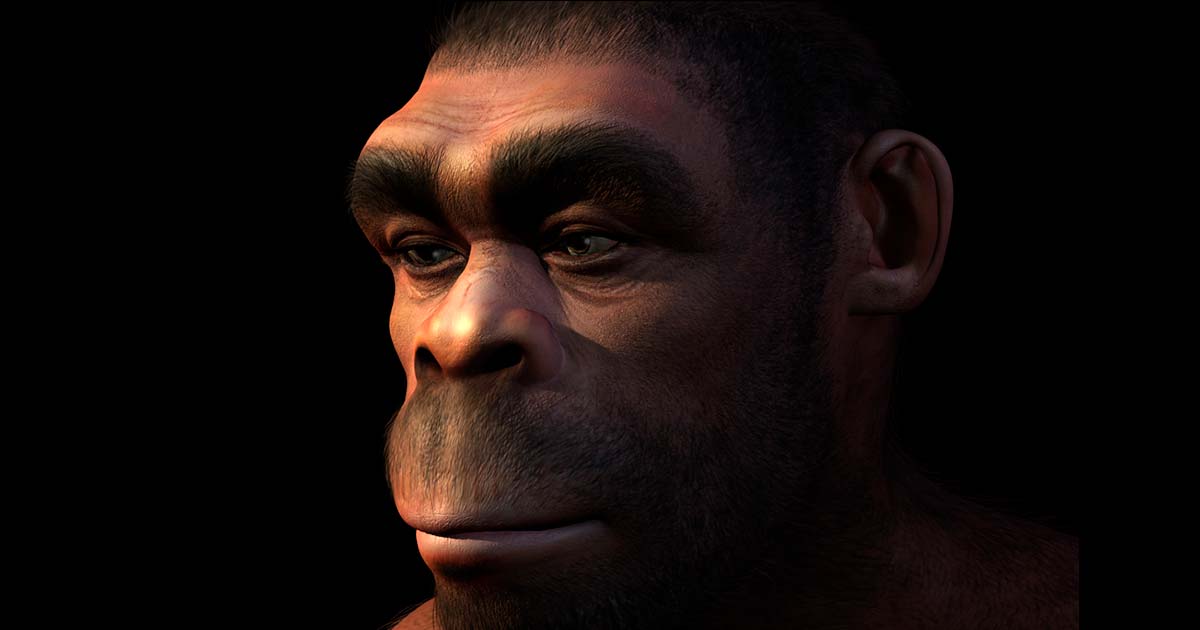Homo Erectus: Why Did the Most Successful Early Human Go Extinct? (Video)
Homo erectus, the remarkably successful early human species, emerged around two million years ago in Africa. With a brain size of 900 to 1000 cubic centimeters, Homo erectus showcased the first modern human-like body plan and a capacity for social cooperation. Their ability to adapt to changing environments, utilize stone tools, and engage in group hunting made them a formidable force. Around 100,000 years ago, Homo erectus was still thriving in Indonesia. The reasons behind their eventual decline and extinction remain elusive. Some believe they may have been outcompeted by other hominin groups, while others propose that environmental factors played a crucial role.
The discovery of Homo floresiensis, a smaller-brained hominin on the Indonesian island of Flores, has sparked theories that Homo erectus may have migrated to isolated islands and faced extinction due to genetic isolation. Despite the uncertainty surrounding their demise, Homo erectus remains an essential milestone in human evolution. Their evolutionary path likely contributed to the emergence of Homo sapiens and the development of more advanced cognitive abilities. The story of Homo erectus continues to captivate researchers, inviting us to ponder their enigmatic legacy.
- A Snapshot of Our Mysterious Ancestor Homo erectus
- New Study Reveals Where Homo erectus Took Their Final Stand
Top image: Homo erectus reconstruction. Source: AlienCat/Adobe Stock


















Comments
Because it's an ape.